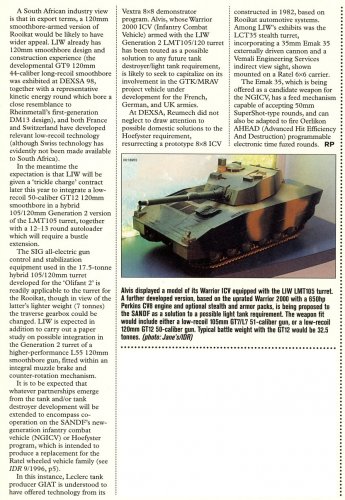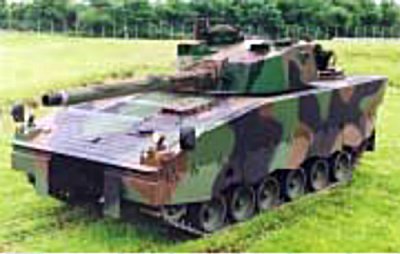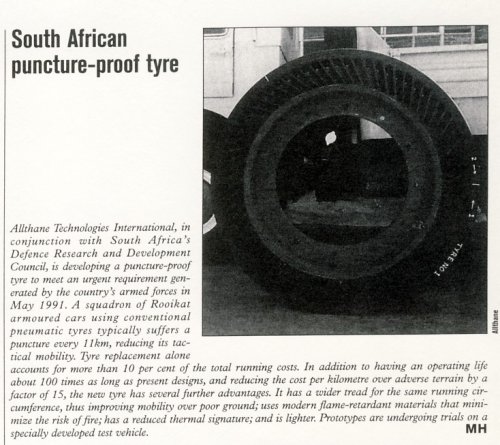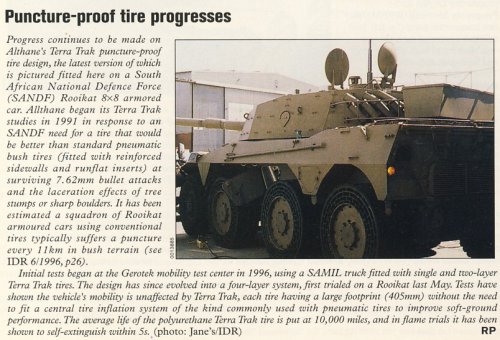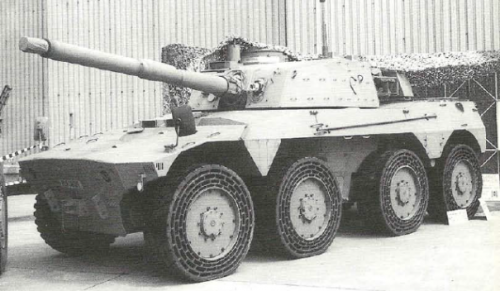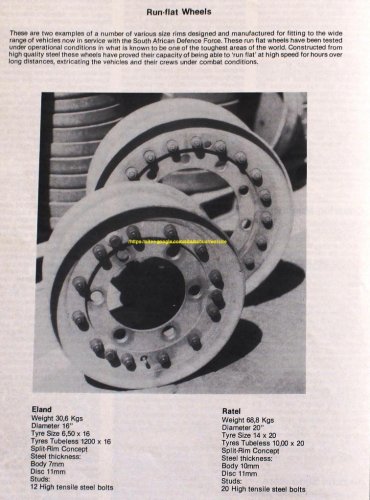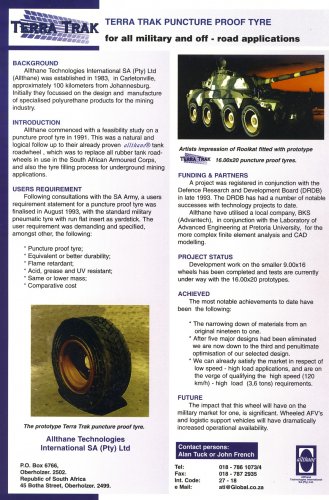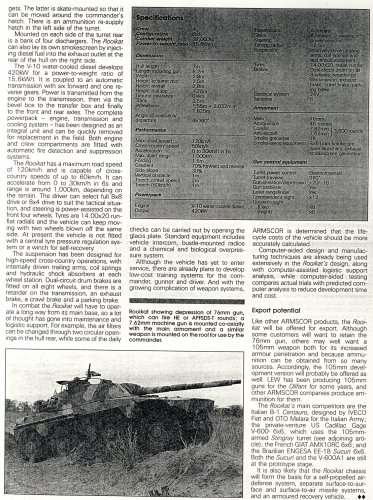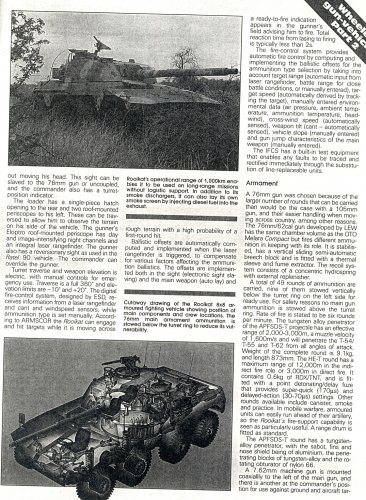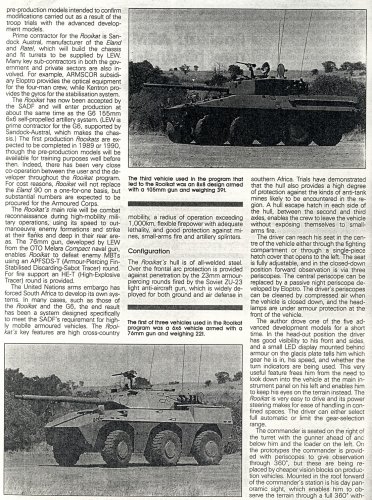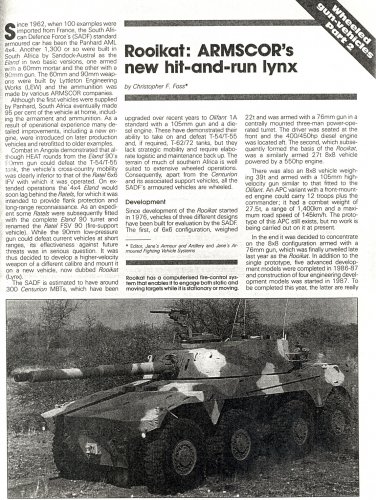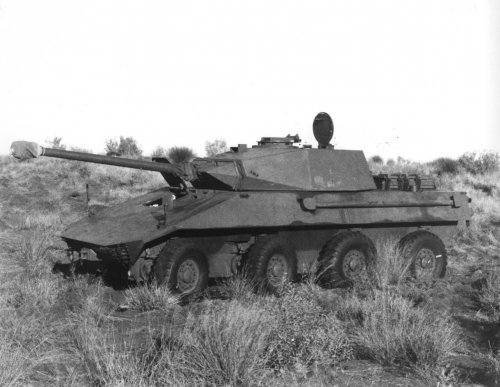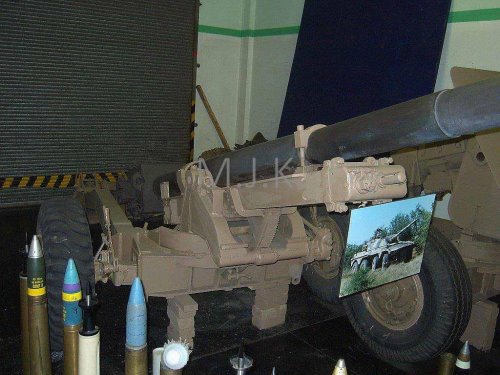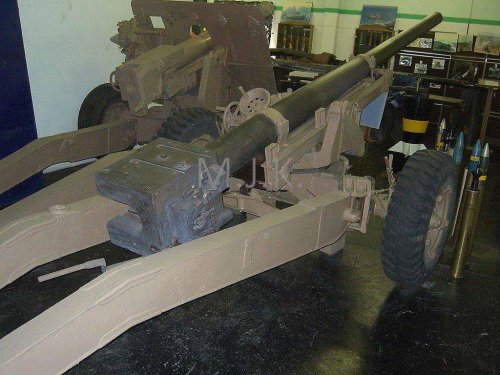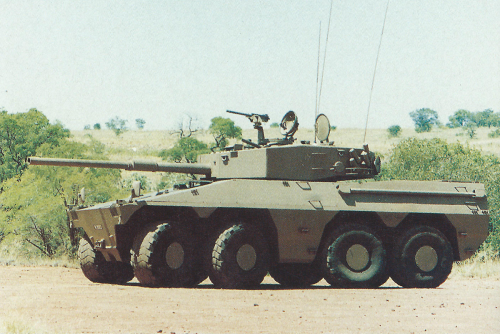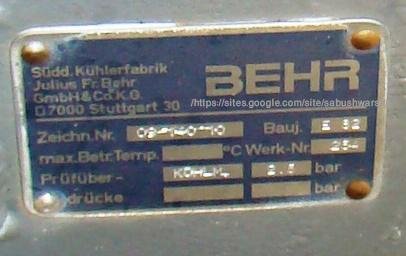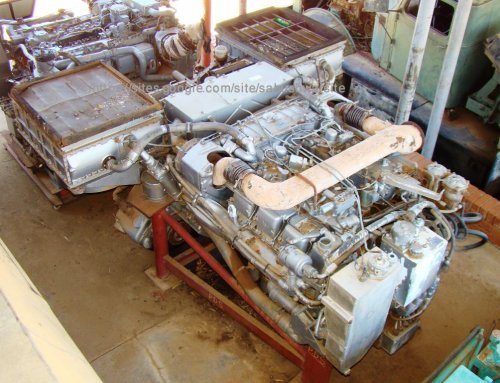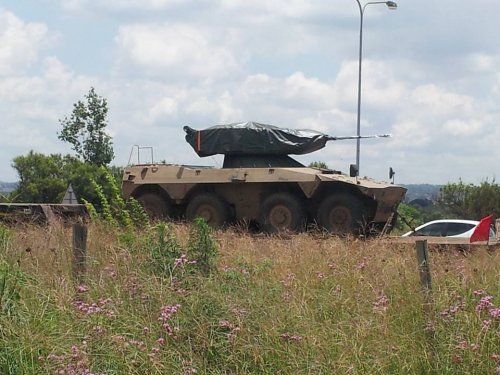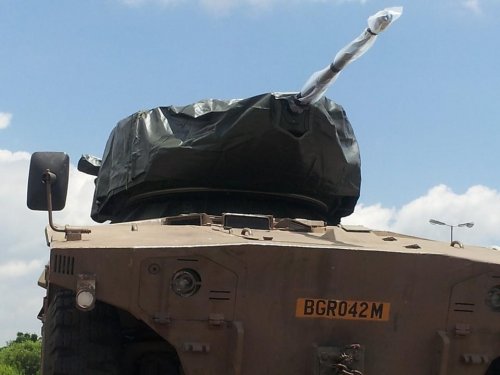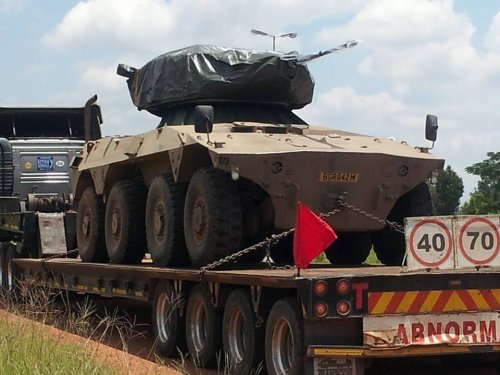sa_bushwar said:
Graugrun said:
This article should help in covering some of the outstanding questions around Rooikat's development etc. - courtesy Janes IDR November 1989. Pity it's a photocopy, that's all I could get at the time...
I have been told recently by a member of the Armour Formation that one of the main reasons the 76mm gun was chosen, was due to the large stock of naval ammunition that remained after the decommissioning of the strike craft. According to him it costs R19k per 76mm round, so ammo for practice is a bit limited.
That doesn't make much sense, to be honest.
When the production Rooikat went into manufacturing, the naval strike craft were all in service, with the oldest vessel being just over 10 years old, and the last vessel about 3 years old, which is still basically new in naval terms.
When the gun was actually selected for the Rooikat would have been earlier, possibly before even the last strikecraft or two had even been built.
At least some of the 76mm naval guns were reused on the Valour class Frigates, and at least 3 are used in the refurbished Strikecraft now used as Offshore Patrol Vessels.
I don't think the ammunition is precisely the same. The ignition process and commonly used warheads are different. What I have heard of is that the naval ammo can be fired if the primer is changed from mechanical to electric.
In that way, the ammo can be cheaply modified for training.
I'd say that apart from the stated reasons for using the 76mm initially, which was a larger ammo load than the 105mm, that the fact that ammunition and barrels of the 76mm being produced in South Africa made it additionally attractive.
In that way, I suppose the almost identical ammunition and probably similar barrel manufacture were a big consideration, for economies of scale, IMHO of course.
One question though... are the naval and Rooikat HE warheads the same or different?


